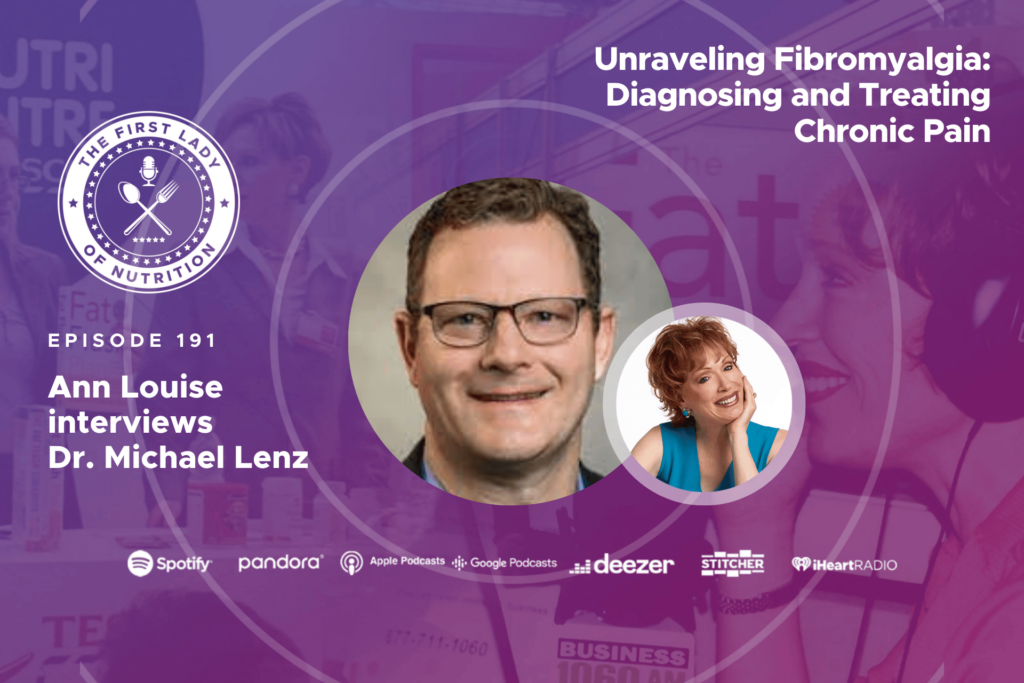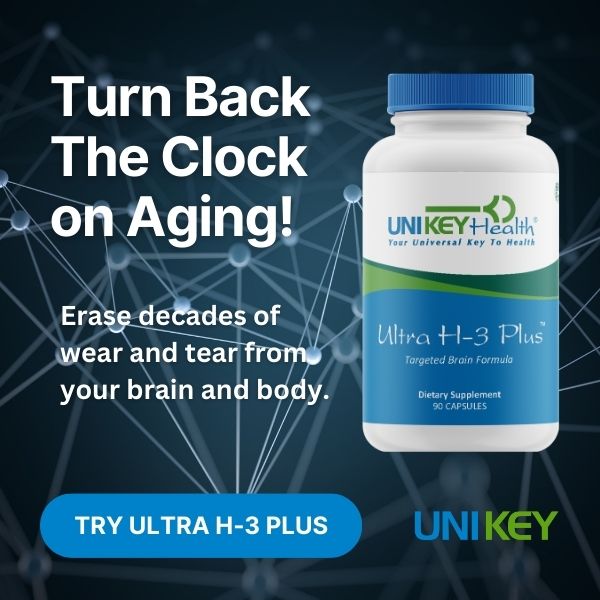 Concerns are growing about high-tech scans, even mammograms.
Concerns are growing about high-tech scans, even mammograms.
In the last decade, medical personnel have upped their use of CT scans and MRIs significantly—without a corresponding rise in life-threatening conditions, a new study in JAMA shows. Earlier this year over 250 patients at Cedar-Sinai Medical Center got far more radiation than they bargained for—burning their skin and causing some to lose their hair—from CT scans.
The federal Food and Drug Administration that regulates radiation machines has limited oversight of this equipment, so responsibility rests with the states. The New York Times reports that 13 states—Alaska, California, Connecticut, Delaware, Illinois, Missouri, Montana, New Jersey, North Dakota, Virginia, Washington, West Virginia, and Wyoming—do not regulate these machines.
No wonder Americans get seven times more radiation from diagnostic scans than we did in 1980—increasing our exposure to ionizing radiation, a potential carcinogen. In fact, it’s been estimated that, on average, we are now exposed to more radiation than workers in nuclear power plants!
An estimated 35% of our lifetime exposure to ionizing radiation comes from medical X-rays, with another 12% from nuclear imaging techniques that inject radioactive materials to create images of the body. Classified as cancer causing, three or more X-rays may double the risk of leukemia in children.
“Eliminating or reducing any unnecessary exposure [to radiation] is important,” says Patricia Buffler, MPH, PhD, dean emerita at the University of California, Berkeley School of Public Health, although she admits that “some exposures are very important for making accurate diagnoses.”
Even some “gold standard” scans—like mammograms and ultrasounds—are raising questions today. A Norwegian study analyzing data on over 40,000 women with breast cancer, just published in the New England Journal of Medicine, shows that mammograms—X-rays of the breast—only lowered mortality 28%.
“Doctors are the most familiar with this test,” says Christiane Northrup, MD, “and many believe that a mammogram is the best test for detecting breast cancer early. But it’s not.” Studies show that thermograms identify precancerous and cancerous cells earlier—while preventing false positives and cutting down on additional testing. Because it simply images the heat in your body, “thermography is very safe,” she adds, even for pregnant and nursing women.
Now routinely performed during pregnancy, ultrasounds produce strong frequencies and penetrate the body deeply, heating tissues in both mother and baby. If this scan raises the mother’s body core temperature to 102 degrees, it can create congenital abnormalities.
Certain tissues in the body absorb frequencies more readily, depending on fluid content. The more fluid, the more electromagnetic fields (EMFs) are absorbed. Since the fetus spends 40 weeks floating in a sack of fluid, the unborn child is particularly vulnerable.
Dr. Ann Louise’s Take:
It’s always smart to ask how necessary a medical scan is—and if an alternative test can be used. That’s not to say that some tests that utilize radiation aren’t important. They are!
In fact, one CT scan I agreed to have discovered a cyst (thankfully benign and probably congenital) that was leaning on my trachea, pushing my esophagus way off and possibly creating my hiatal hernia. If this cyst had continued to grow, it might have damaged my esophagus and stomach as well as my trachea—pushing everything out of alignment.
One X-ray for a broken bone or nuclear imaging for coronary plaque is not going to kill you. But cumulatively, over time, radiation exposure does build up, increasing your risk for cancer.
My new book Zapped shows how much radiation you’re likely to get from various imaging procedures. For instance, CT angiography of the chest delivers twice the average radiation of a CT chest scan. And mammograms are much longer, though most experts still recommend them annually for women 50 and over.
Try to limit ultrasounds in pregnancy, though one or two won’t hurt. Your doctor can gain valuable information about your baby from using these sound waves to create an image. But because the fetus is especially vulnerable, you don’t want to treat ultrasound as your baby’s first photo op.
Partner with Health Professionals
Keep a copy of your own medical records—including your medical imaging history. Simply ask for a copy whenever you discuss test results with your health care provider. (This is especially important if you’re seeing more than one physician.)
Talk to your doctor openly and frankly about your radiation concerns. Will some doctors be annoyed if you question them about tests? Yes.
One of my clients refused an X-ray ordered by a new doctor for kidney stones because she’d had the same test six months before and was no longer experiencing symptoms. Instead, she chose another doctor. Later, when her symptoms reappeared, she refused a CT scan using contrast dyes (radioactive barium or iodine). And her health care provider agreed to an ordinary CT scan—and was able to confirm diagnosis without radioactive dyes.
While I urge you never to forego scans or X-rays if your doctor has legitimate reasons for protecting your health, a second (and even third) opinion may be warranted in some cases, like this client’s.
Protect Yourself
Radiation of all kinds—both ionizing (like scans and X-rays) and non-ionizing (from antennae, cell phones, electricity, microwaves, radio, TV, and wireless)—create dangerous free radicals. If you’re undergoing medical imaging or just surrounded by electromagnetic fields from digital and electronic gadgets, take two to four tablets of Oxi-Key one to three times daily. With 5,000 units of superoxide dismutase (an anti-inflammatory antioxidant that reduces radiation damage), this supplement can help you successfully confront toxins.
I also like radioprotective Vitamin D-5000, which guards against even low-level electromagnetic fields (EMFs) that surround us 24/7 today. Most Americans are low in this “sunshine vitamin” that activates the immune response (tamped by radiation) and facilitates cellular communication (interrupted by EMFs). Take 1 capsule daily or as recommended by a health care professional.
My mentor, the visionary Dr. Hazel Parcells (who worked with the developer of the atomic bomb in the 1940s) foresaw the web of EMFs that surround us today. She recommended a therapeutic bath for use after radiation exposure of any kind, including airport security and X-ray screenings like mammography.
After exposure, dissolve one pound of non-iodized (Kosher) salt and one pound of baking soda in a tub of water—as hot as you can stand it—and stay in this water until it cools. Allow at least four hours to pass before showering. Note: pregnant women and anyone with a chronic illness should consult a health care professional first.
Sources:
Zapped: Why Your Cell Phone Shouldn’t Be Your Alarm Clock and 1,268 Ways to Outsmart the Hazards of Electronic Pollution
https://jama.ama-assn.org/cgi/content/short/304/13/1465
www.cnn.com/2010/HEALTH/09/23/mammogram.study/index.html
www.huffingtonpost.com/christiane-northrup/the-best-breast-test-the-_b_752503.html
www.nytimes.com/imagepages/2010/01/27/us/27radiation-graphic2.html?ref=radiation_boom









One Response
I’d just like to make a comment regarding contrast media from CT scans. The barium and iodine used in these scans (and other imaginag tests, such as Upper GI’s, IVP’s, etc.) are NOT radioactive. They are radiopacque, which simply means they “show up” on x-rays. They are in no way radioactive themselves.